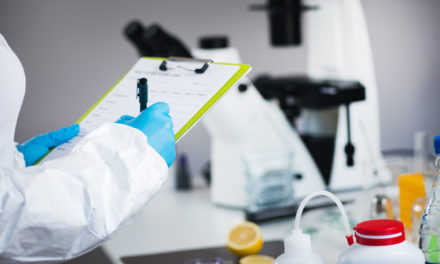Recent reports coming out of Europe and the United States are all showing that the pharmaceutical industry, at large, is taking tremendous steps into “Going Green”, so to speak. Because of the recent economic decline, as well as market uncertainty, and overall economic uncertainty plaguing the Big Pharma industry, many pharmaceutical companies are doing whatever it takes to cut costs, and that includes looking for cheaper alternatives. Recent studies indicate, that many large pharmaceutical companies such as Johnson and Johnson, and Pfizer, are taking drastic steps all across the board, to cut spending, and one of them is an adoption of green manufacturing, known as green chemistry.
With the pharmaceutical industry facing looming expiring patents of some of their biggest blockbuster drugs, as well as the proper candidates to replace them, uncertainty looms in the pharmaceutical industry. Because of this economic uncertainty in the pharmaceutical industry, many companies are looking for ways to completely shift their agenda to a greener agenda, to further cut costs, and win better publicity for their company. And as leading pharmaceutical companies are beginning to follow suit, it seems like every day there is more and more pressure among everyone in the industry to look for new and innovative ways to go green. And one of these ways that happen to be picking up steam is green chemistry.
Green chemistry is a sophisticated approach being taken by some in the pharmaceutical industry to not only cut costs but be more environmentally responsible. Green chemistry is a practice of using commonly used chemicals, with natural reagents, minimizing not only the energy use but cutting costs down as well. The natural solvents replace organic solvents with water, thus making it invariably cheaper to perform. Pharmaceutical sales consultants, as well as others in the industry, are noting that savings at lab scale alone could help any struggling company save money. But when talking about green chemistry on a large manufacturing scale, the savings could be in the billions.
Many pharmaceutical consulting firms and large pharmaceutical companies, such as Pfizer, and Johnson and Johnson, are doing everything they can to bring green chemistry into the forefront. Companies like these, and others in the pharmaceutical industry, are starting to put green projects way up on their priority lists. Many have speculated over the years that going green is more expensive, and it just wasn’t practical in these economic times. But recent studies are starting to show that not only is going green often the cheaper option but may help companies survive longer as the nature of business changes in the 21st century.
A key aspect to green chemistry is minimizing or eliminating the use of all unnatural or hazardous chemicals. Many companies such as Pfizer are finding innumerable ways to cut down on harmful chemicals by just creating cheaper, natural solvents in their place. This is not only saving drug companies millions of dollars in development and distribution but is potentially saving its consumers of potentially hazardous, cancer-causing chemicals, as well as sustaining an environmentally responsible attitude that hopefully will lead the way for other pharmaceutical and manufacturing companies for decades to come.
If you liked this article, tell all your friends about it. They’ll thank you for it. If you have a blog or website, you can link to it or even post it to your own site (don’t forget to mentionwww.smartpharmaconsulting.com as the original source).




